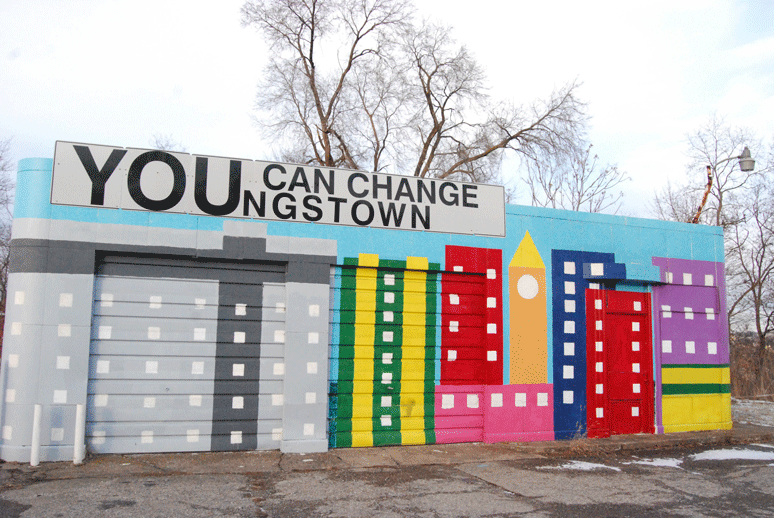Despite catastrophic proposed cuts to Environmental Protection Agency (EPA) funding for programs that protect future generations from air and water pollution, protect biodiversity, and combat climate change, one thing Democrats and Republicans alike can agree on is that federal assistance to communities for cleaning and redeveloping contaminated properties is a great investment.
Communities across the U.S. report an ROI (return on investment) ranging from 4:1 to over 40:1, as these properties–which are often stratgically located (which is why they were first to be developed long ago), come back to life.
Now, in 2017, 172 communities will receive 279 grants totaling $56.8 million from EPA Brownfields funding through their Assessment and Cleanup Grants.
These funds will aid under-served and economically disadvantaged communities through the assessment and cleanup of abandoned industrial and commercial properties and expand the ability of communities to recycle vacant and abandoned properties for new, productive reuses.
“EPA is committed to working with communities to redevelop Brownfields sites which have plagued their neighborhoods. EPA’s Assessment and Cleanup grants target communities that are economically disadvantaged and include places where environmental cleanup and new jobs are most needed,” said EPA Administrator Scott Pruitt. “These grants leverage considerable infrastructure and other investments, improving local economies and creating an environment where jobs can grow. I am very pleased the President’s budget recognizes the importance of these grants by providing continued funding for this important program.”
Here are just a few examples of communities that will benefit from this year’s round of EPA funding:
- Niagara County, New York will receive $300,000 total in grant funding from the Environmental Protection Agency to help redevelop vacant and unused brownfield properties. The county will receive $200,000 to help conduct environmental site assessments for hazardous substances and $100,000 for assessments for petroleum contamination. Niagara County has received $4.8 million in brownfields grants since 1998. Past assessment work in the county has revealed asbestos, chlorinated solvents, heavy metals, polychlorinated biphenyls (PCBs), petroleum products, radioactive materials, and petroleum-contaminated soil and groundwater.
- Trenton, New Jersey is getting $200,000 to clean up a contaminated former lead and zinc smelter and promote the site’s redevelopment. The grant will pay for removal of petroleum contamination in the soil and groundwater at Asarco‘s old Federated Metals plant on Enterprise Avenue. The site was used from 1925 to 1980 for lead and zinc smelting. “The site’s been vacant since 2002 and sitting here, it looks like a symbol of wasted potential,” said Catherine McCabe, the acting administrator of the EPA’s Region 2. “Once the cleanup is complete, the city will revitalize the site into a vibrant industrial park with railroad access.“
- The Brooke and Hancock region of West Virginia is receiving the largest grant award of its kind for revitalization: $600,000. It will go to the BHJ Metro Planning Commission to revitalize an abandoned porcelain plant in Newell that has been shuttered since 2012. It’s still houses high-tech lab equipment and the porcelain molds that the plant used to produce. Now, it could see new life as a new business. The roughly 8-acre site in Newell isn’t much to look at in its present state. The plan is to demolish most of the buildings and leave only sound structures in a viable industry area.
- Youngstown, Ohio has been granted $200,000 to help revitalize abandoned gas stations throughout the shrunken city. The money will help the city collaborate with community partners to inventory, prioritize, assess and plan for the development of former gas stations on major streets. The grant will also help with vacant lots that have petroleum or oil based hazards buried beneath them. Mayor John McNally says there are about 300 of those lots in Youngstown.
Feature photo courtesy of the American Architectural Foundation.
See WIBV article about Niagara County.
See NewJersey.com article about Trenton.
See WTOV article about West Virginia.
See WFMJ article about Youngstown, Ohio.
See list of all 2017 brownfield Assessment and Cleanup grants (PDF).

